8 September 2014. La Janda, Cadiz, Spain. On this, the last day of my week in Spain, I was one of a small group of bird enthusiasts under the cheerful leadership of Bob Buckler, a British ex-pat and birder of infinite experience. Bob took us to places along the coast west of Gibraltar, places that Bob knows well enough to deliver surprise after surprise.
We spent most of the morning at a couple of strategic raptor-watching spots and saturated ourselves with passing streams of Honey Buzzards, Short-toed Eagles and Booted Eagles. They were a sort of supporting act because every now and then something new like a Peregrine Falcon, Long-legged Buzzard or Montague’s Harrier showed up to assure us that this was time well spent.
Later, we moved along the coast to La Janda, a large expanse of what was at one time a vast, shallow, fresh-water lagoon. For thousands of years it must have been an exceptional place for bird life but in the sixties, alas, it was drained to make room for rice, maize and cotton. It’s still a good birding spot but you spend a lot of time looking for good birds whilst driving along numbingly straight roads that stretch to the horizon. The birds were there sure enough; White Storks in ranks of hundreds, Marsh Harriers patrolling and Little Egrets stalking.
But the best at La Janda, and certainly my Bird of the Day, was a secretive Red-necked Nightjar. I say secretive, but that’s not quite accurate, nightjars are birds of the dusk to dawn hours, so it might be fairer to say it was just roosting. Nevertheless, nightjars are also masters of cryptic colouration and the one in the picture below was completely invisible to one member of our group.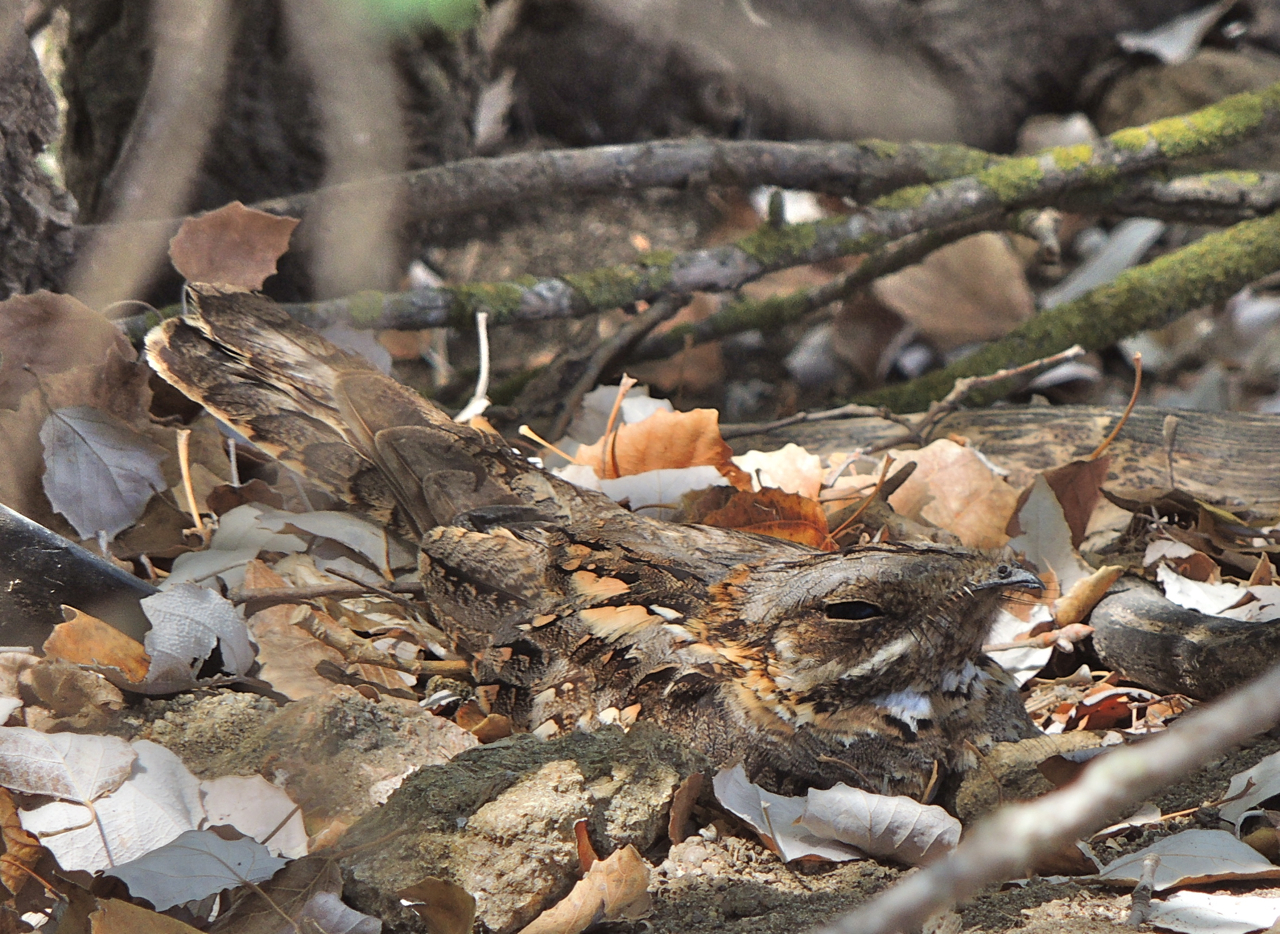
They are strange looking birds to be sure (not the only one though, as the picture of some Bald Ibises in the gallery below demonstrates), and have evolved as nocturnal hunters of flying insects. The bristles surrounding its mouth serve to help scoop and trap a captive moth and also to protect the nightjar’s eyes from a flailing victim. The camouflage patterning is nothing short of incredible, whether all individuals have the same feather-for-feather detail, I don’t know, but, from where I stood watching this unmoving bird, I could have sworn that one of its feathers really was a dry leaf.
There was plenty more on this day out (actually about 60 species) and a few of them are in this gallery (which visible only on the website, not if you’re reading this as an email.)
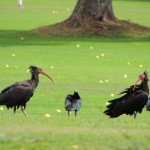
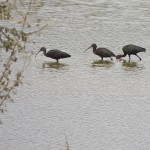
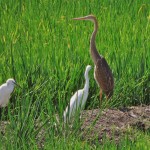
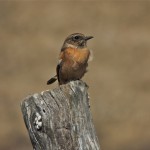
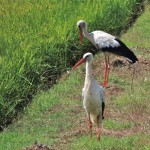
Awesome shots and stories as usual!
Especially love the Nightjar! Amazing that you guys spotted it!